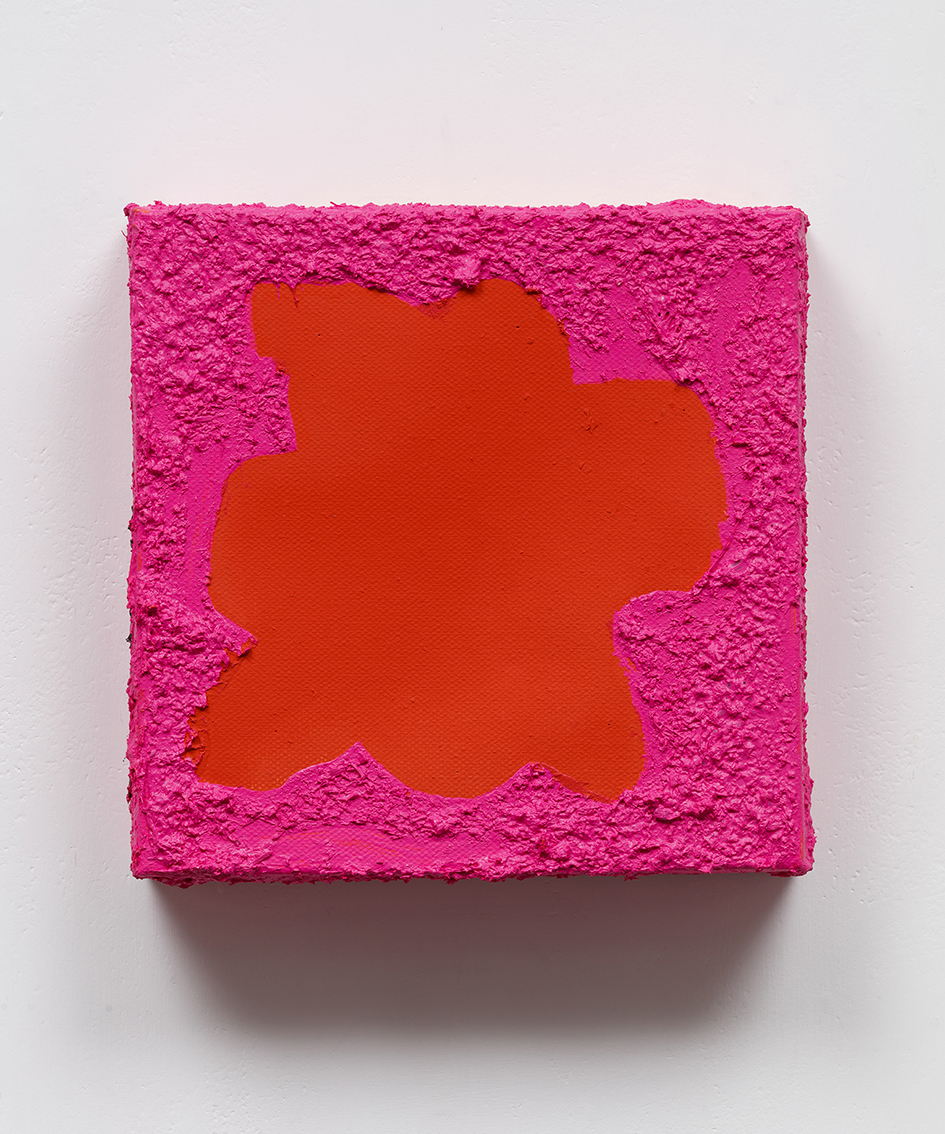|
●★ Wolfgan Amadeus Mozart : Symphony Nr.39 in Eb Major Kv.543 ★●
Adagio Andante con moto Minuette Allegro
Herbert von Karajan(Cond.) & Berlin Philhamonic Orch.
■ Mozart:Symphony N.39 in Eb K.543● The Symphony No. 39 in E-flat major of Wolfgang Amadeus Mozart, K. 543, was completed on 26 June 1788.[1] ● Composition and premiereThe 39th Symphony is the first of a set of three (his last symphonies) that Mozart composed in rapid succession during the summer of 1788. No. 40 was completed 25 July and No. 41 on 10 August.[1] Around the same time, Mozart was writing his piano trios in E and C major, his sonate facile, and a violin sonatina. Mozart biographer Alfred Einstein has suggested that Mozart took Michael Haydn's Symphony No. 26, in the same key, as a model.[2] It seems to be impossible to determine the date of the premiere of the 39th Symphony on the basis of currently available evidence; in fact, it cannot be established whether the symphony was ever performed in the composer's lifetime. According to Deutsch (1965), around the time Mozart wrote the work, he was preparing to hold a series of "Concerts in the Casino", in a new casino in the Spiegelgasse owned by Philipp Otto. Mozart even sent a pair of tickets for this series to his friend Michael von Puchberg. But it seems impossible to determine whether the concert series was held, or was cancelled for lack of interest.[1] In addition, in the period up to the end of his life, Mozart participated in various other concerts whose program included an unidentified symphony; these also could have been the occasion of the premiere of the 39th (for details, see Symphony No. 40 (Mozart)). In modern times, the work is part of the core symphonic repertoire and is frequently performed and recorded.
● Instrumentation and movementsThe symphony is scored for flute, pairs of clarinets, bassoons, horns and trumpets, timpani and strings.
There are four movements: The first movement opens with a majestic introduction with fanfares heard in the brass section. This is followed by an Allegro in sonata form, though while several features – the loud outburst following the soft opening, for instance – connect it with the galant school that influences the earliest of his symphonies. The independence of the winds and greater interplay of the parts in general, and the fact that the second theme group in those earlier symphonies was (to paraphrase Alfred Einstein) practically always completely trivial, which is not the case here, combine with the second group which contains several themes, including a particularly felicitous "walking theme". These are just a very few of the points that distinguish this movement from those works, from which it has more differences than similarities. The slow movement, in abridged sonata form, i.e. no development section,[4] starts quietly in the strings and expands into the rest of the orchestra. Quiet main material and energetic, somewhat agitated transitions characterize this movement. The work has a very interesting minuet and trio. The trio is an Austrian folk dance called a "ländler" and features a clarinet solo. The forceful Menuetto is set off by the trio's unusual tint of the second clarinet playing arpeggios in its low (chalumeau) register. The melody for this particular folk dance derived from local drinking songs which were popular in Vienna during the late 18th century. The finale is another sonata form whose main theme, like that of the later string quintet in D, is mostly a scale, here ascending and descending. The development section is dramatic; there is no coda, but both the exposition, and the development through the end of the recapitulation, are requested to be and often are, repeated.
● Notes
● References
| ||
|
| ||
'Lecture Concert' 카테고리의 다른 글
| 에릭사띠 - 짐노페디 (0) | 2015.07.14 |
|---|---|
| 모차르트 교향곡 40번 (0) | 2015.07.13 |
| 모차르트 교향곡 41번 <주피터> (0) | 2015.07.13 |
| 브람스 심포니 3번 (0) | 2015.07.13 |
| 베토벤 피아노 트리오 <대공> (0) | 2015.07.13 |


